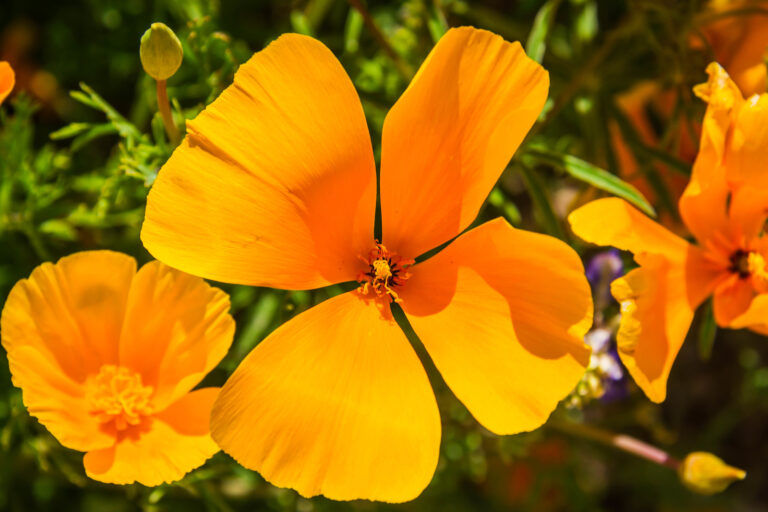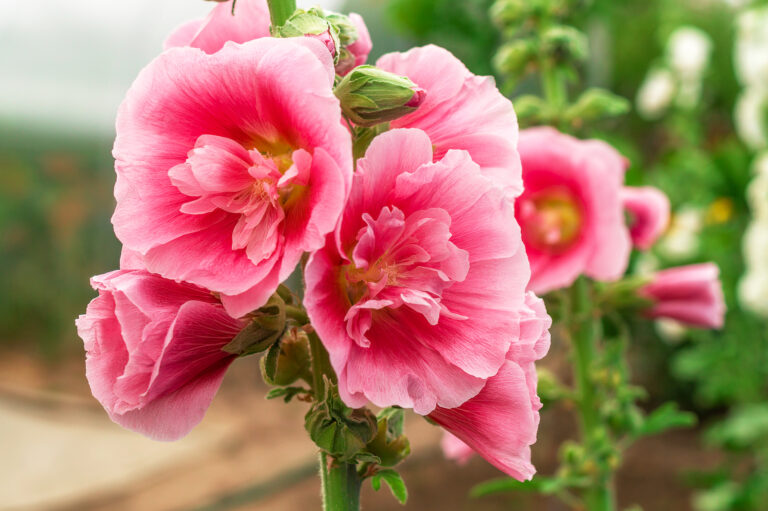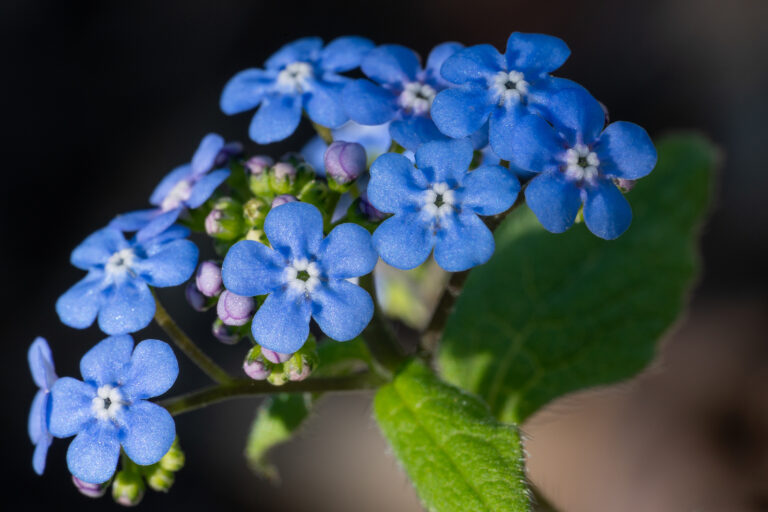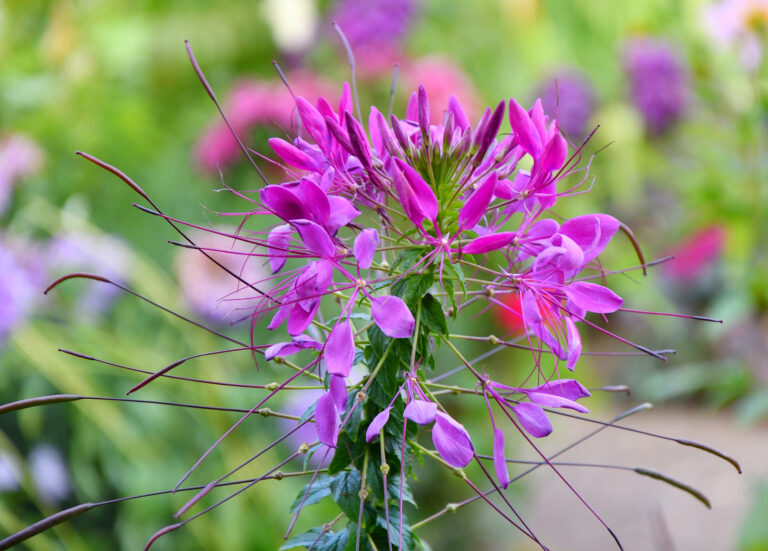How to Grow Annual Red Salvia – Salvia splendens
Annual red salvia, Salvia splendens, produces spikes of tubular bright scarlet, pink, or white flowers through summer. Annual red salvia is also called scarlet sage. Annual red salvia is an upright tender perennial, grown as an annual, with spear-shaped dark green leaves. Salvia likes full sun or partial shade and humus-rich, well-drained soil. Sage can…






